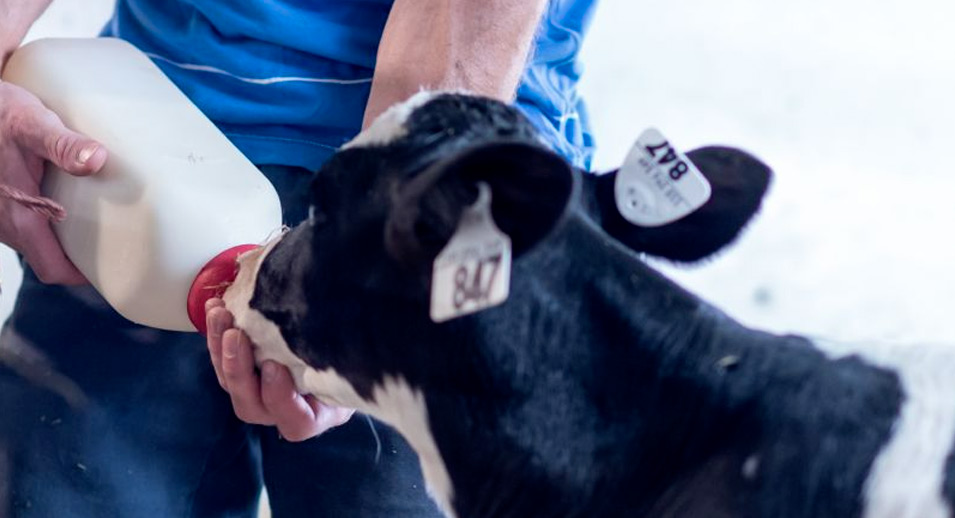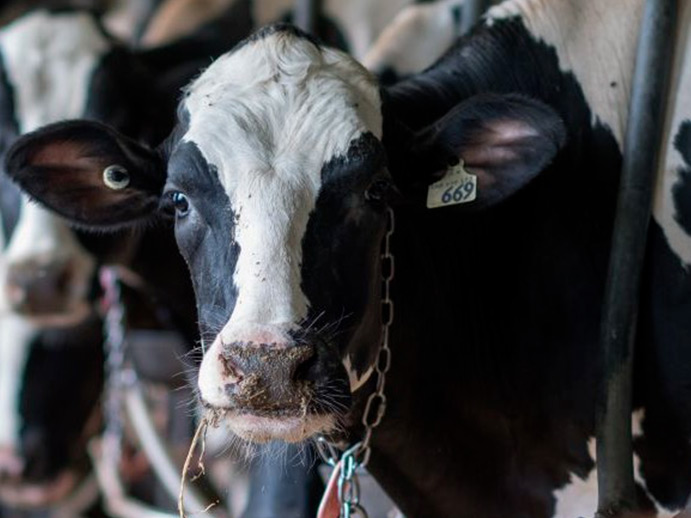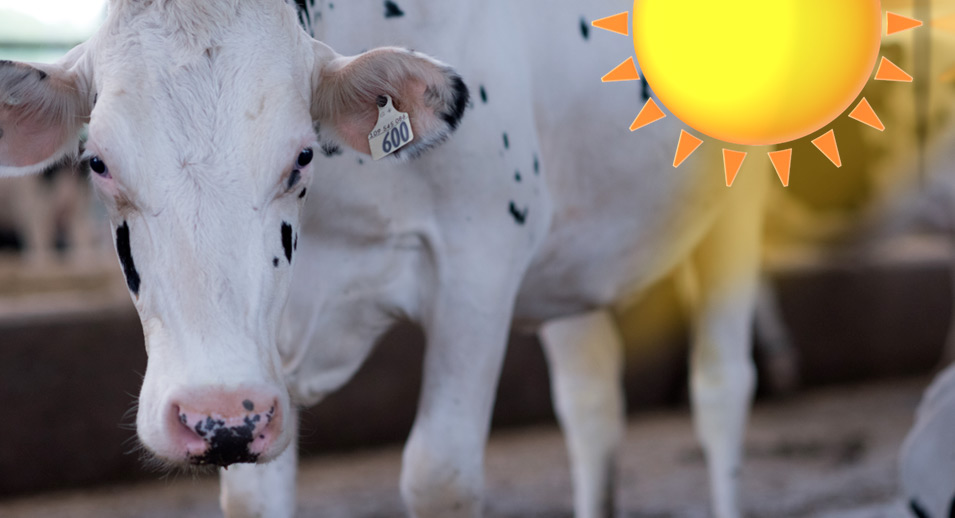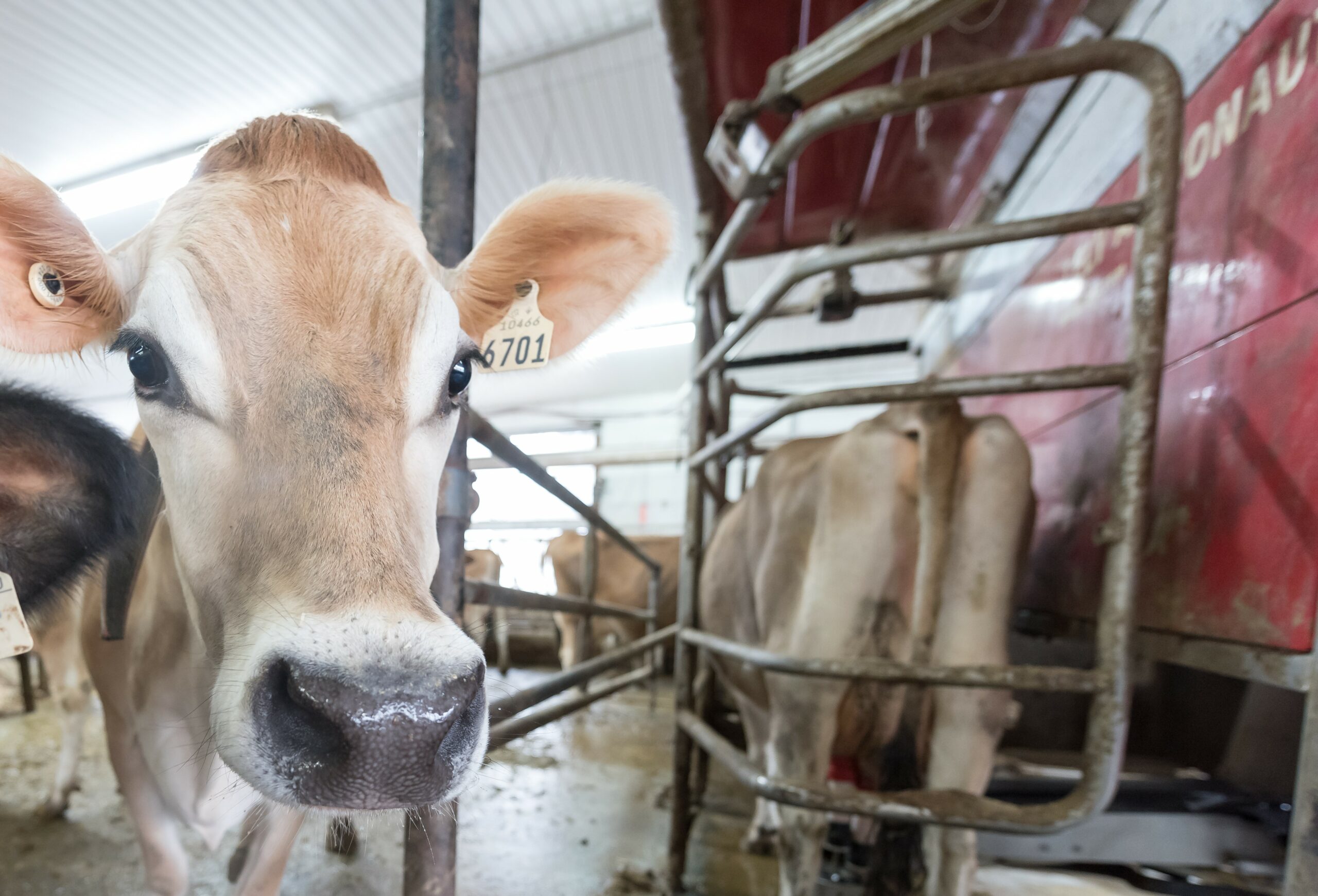Beat the heat on your herd, thinking out of the “lactating cow” box
- June 14, 2021
The warm days have come earlier than usual this year. However, it is never too late to remember the effect that these conditions have on our animals and consider ways we could cool them down.

Given the evident impact of heat stress on feed intake, butter fat content and overall performance, lactating cows have been the focus of most heat abatement efforts on dairy farms. This is definitively a good starting point, but in order to make dairy farms more resilient, it should be recognized that milking cows are not the only group of animals on the farm affected by heat stress and, consequently, that cooling strategies should be extended to the rest of the herd.
An increasing body of evidence is pointing out to dry cows and young calves as the next target groups to provide cooling and further reduce the negative impact that heat stress has on dairy production.
Dry cows: a hot topic!
A compiling set of studies done by researchers from the University of Florida have unveiled the benefits of providing cooling to heat stressed cows during the last two months of gestation, on both the performance of the dam and their offspring. The studies indicate that cows that were cooled during their dry period produced over 5 kg of milk per day more over the subsequent lactation compared to the cows that were not cooled. In addition, while cooled cows consumed more feed than the heat stressed cows before calving, dry matter intake was the same during lactation for both groups.
Cool calves in the womb, higher performance at the farm
Researchers reported that calves born from heat stressed cows were lighter at birth and less capable to absorb immunoglobulins from colostrum than those coming from cooled cows. In a subsequent analysis heifers calves were followed over time and found that the body weight reduction observed at birth in those coming from heat stressed dams persisted until puberty. These animals were also more likely to die or leave the herd before the onset of the first lactation, compared to their counterparts. Ultimately, heifers coming from cooled dams produced almost 4 kg of milk per day more up to their third lactation, relative to those born from heat stressed cows.
The analysis did not stop there, researchers also followed the second generation of heifers resulting from the initial exposed cows, and found the same trend observed with the first generation of heifers. The granddaughters of cows cooled during the dry period had better survivability and lactational performance over life, compared to those related to the heat stressed cows.
Should you invest on cooling your dry cows?
Finally, considering the observed results, the estimated cost related to equipping barns with fans and sprinklers, and the number of days animals are under heat stress in different regions of the United States (including some with similar weather conditions to Canada), researchers concluded that providing active cooling to dry cows is a profitable investment.
Thus, the benefits of cooling dry cows have a long way on the performance and profitability of the herd.










